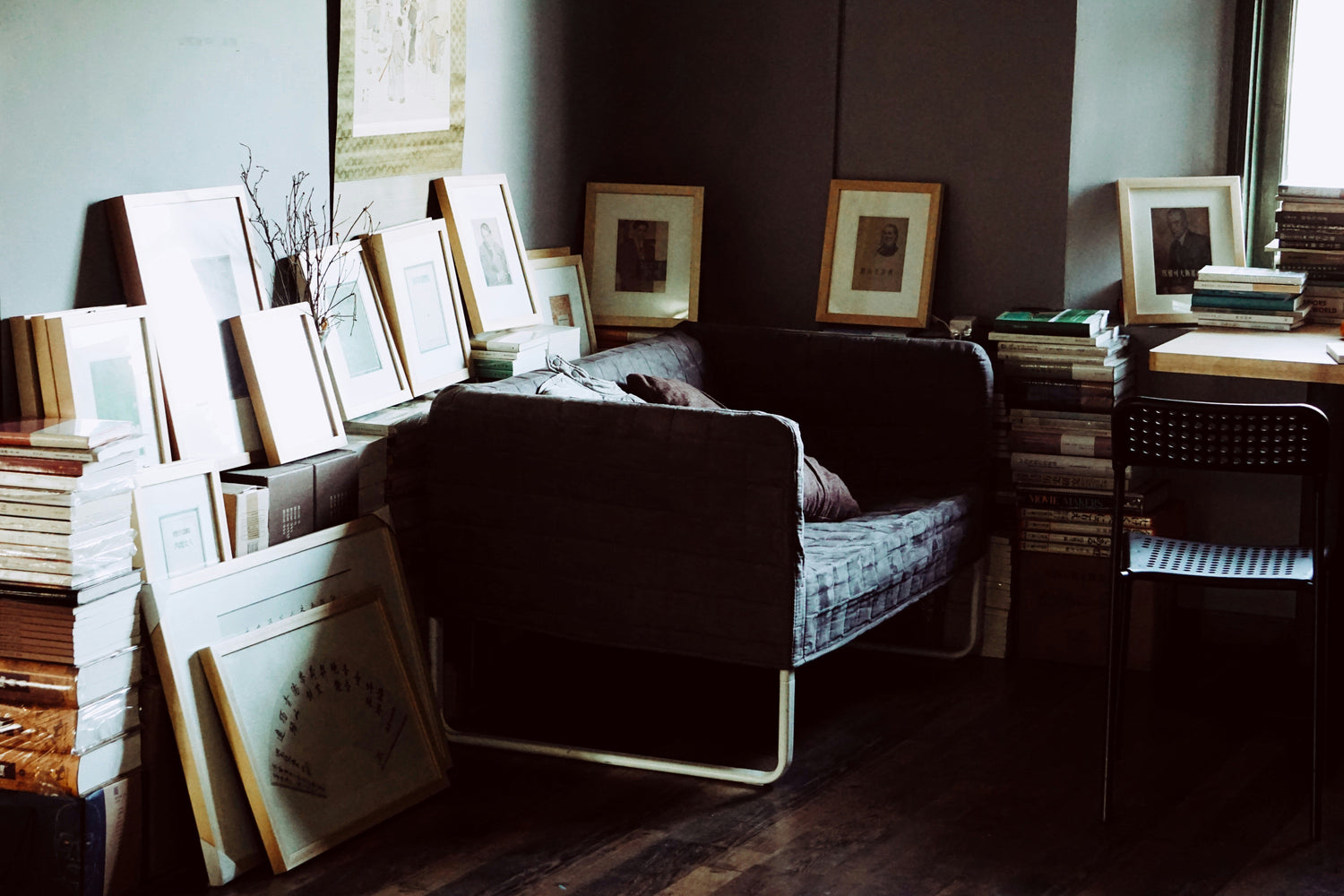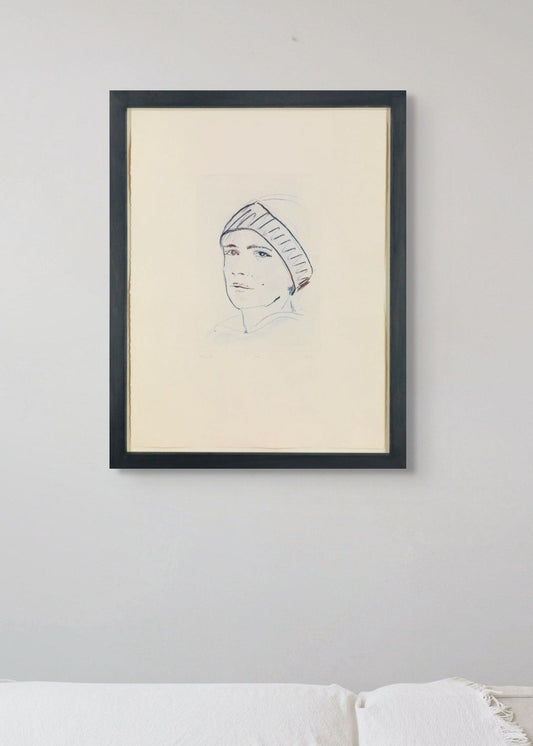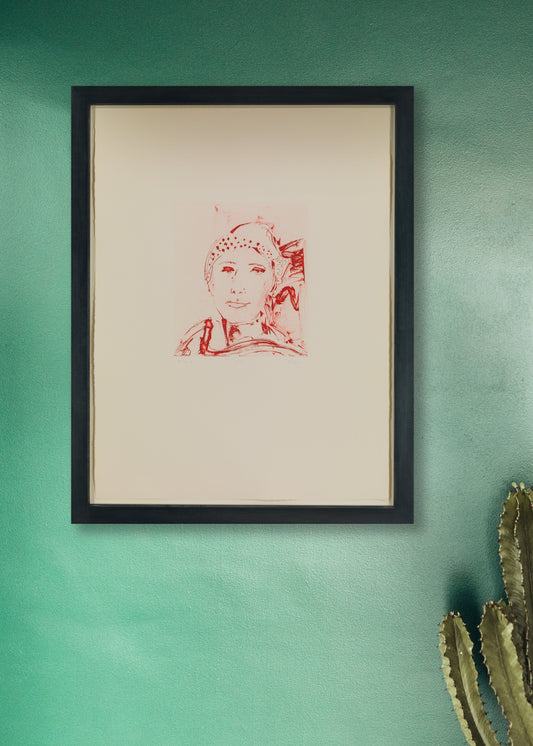Thomas Schütte was born in 1954 in Oldenburg, Germany, and studied at the Kunstakademie Düsseldorf, where he was taught by Gerhard Richter and Benjamin Buchloh among others. Over decades his work has spanned sculpture, drawing, architecture, installation and printmaking, and he is widely recognised today as one of the most important German artists of his generation.
While Schütte is most often celebrated for his sculptures and architectural-scale models, printmaking occupies a significant place in his work. Schütte adopts a non-hierarchical relationship to medium: drawing, watercolour, printmaking stand alongside sculpture in his practice. His print works include etchings and aquatint techniques, often combined with chine-collé or varied intaglio methods. Thus his print-making is characterised by technical breadth and willingness to blur boundaries between print, drawing and painterly mark-making.
Schütte’s print works mirror the motifs found throughout his broader oeuvre: human forms, heads, figures, architecture, and the uncanny interplay between figuration and abstraction. But in print form he frequently uses line, tone, and surface variation to explore the character of his subjects. In his etchings he may offset familiar motifs like portraits, heads or figures in a context of subtle distortion or ironic commentary, echoing his sculptural figures but in a two-dimensional realm.



